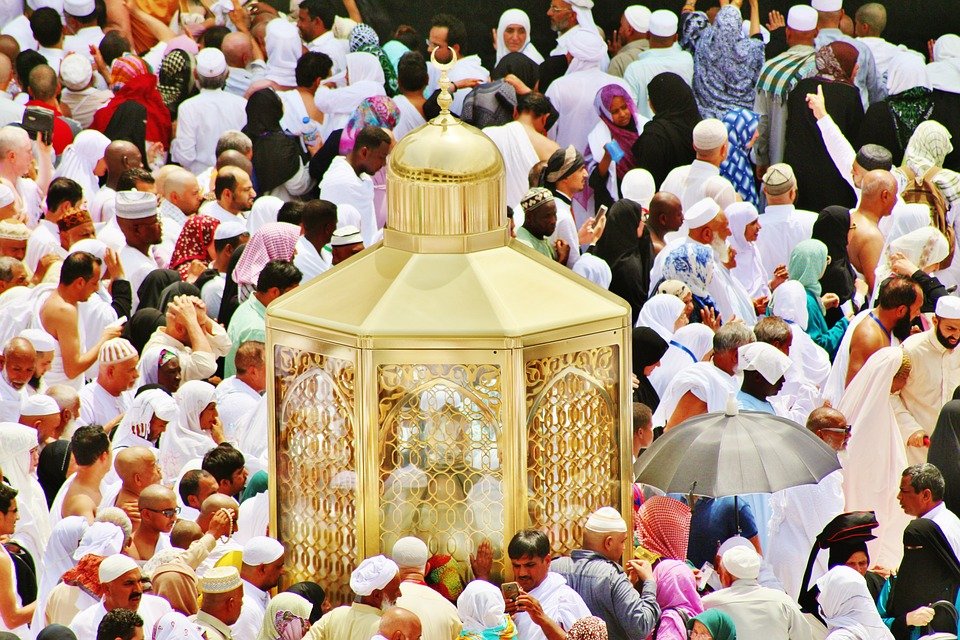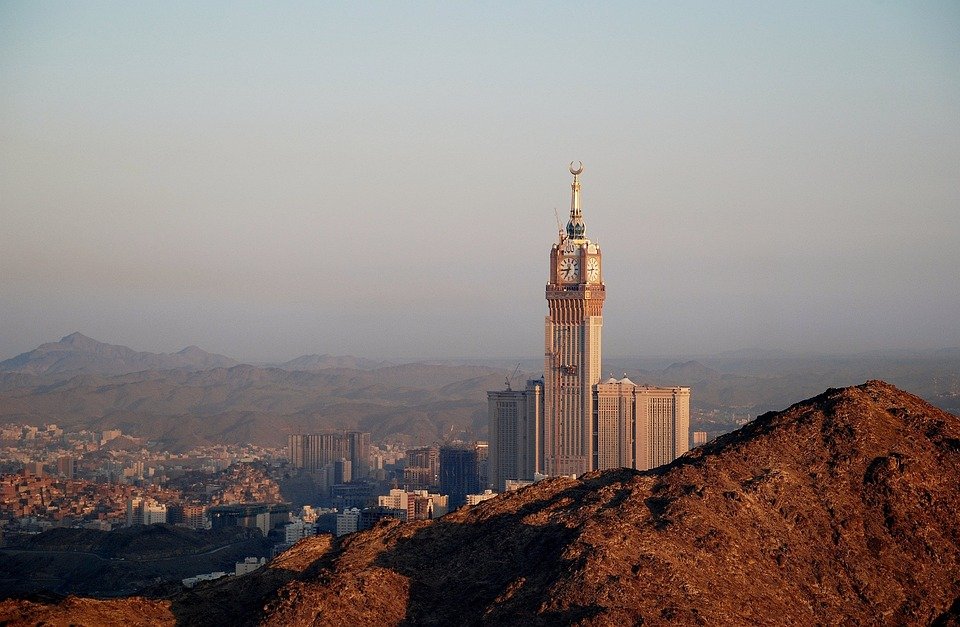You are here to read: How Animals Are Sacrificed During Hajj: Rituals Explained – A Thoughtfully Written Guide Offering Spiritual Wisdom and Travel Advice for Every Pilgrim who is going on holy journey of Hajj or Umrah.
During Hajj, the act of how animals are sacrificed holds deep significance and is rooted in religious tradition. I believe this practice not only symbolizes obedience to God but also fosters a sense of community among Muslims worldwide. In this article, I promise you will find a clear and informative guide on how animals are sacrificed during Hajj, which is a vital aspect of this sacred pilgrimage. I will explain the rituals involved, the types of animals typically sacrificed, and the spiritual meaning behind these actions.
Understanding the importance of how animals are sacrificed during Hajj enriches our appreciation for this profound ritual. In my opinion, this practice reflects a commitment to faith and the values of charity and compassion within Islam. At Airlinkhajjandumrah.com, we possess nine years of experience in the Umrah and Makkah, Madinah travel field since 2016, equipping us with the knowledge to provide insights on “How Animals Are Sacrificed During Hajj: Rituals Explained.” I feel it’s crucial for pilgrims to grasp the spiritual and communal aspects tied to these sacrifices, and we are here to guide you through this meaningful tradition.
How Animals Are Sacrificed During Hajj: Rituals Explained
Understanding Hajj and Its Significance
Hajj is one of the most important events in the Islamic calendar. It is a pilgrimage that every Muslim must undertake at least once in their lifetime if they are able to do so. This sacred journey happens in the month of Dhu al-Hijjah, drawing millions of Muslims from different parts of the world to the holy city of Makkah. The Hajj symbolizes a deep commitment to faith, and it offers a chance to seek forgiveness and spiritual renewal.
During this important time, people wear simple clothing, reflecting equality and humility before God. They perform specific rituals, which serve to renew their inner selves and connect them with their faith. This experience is not just a personal journey; it brings individuals closer to a larger community of believers.
The Importance of Sacrifice
Often, the act of sacrifice is closely tied to Hajj. Muslims commemorate the story of Prophet Ibrahim (Abraham), who showed immense faith in God. According to tradition, Allah asked Ibrahim to sacrifice his son, Isma’il (Ishmael). Just as Ibrahim was about to carry out the command, God provided a ram to be sacrificed instead. This showed that faith and obedience can lead to divine mercy and compassion.
The practice of sacrifice is essential during Hajj. It allows pilgrims to express gratitude for their blessings while also sharing with those less fortunate. The sacrifice acts as a reminder of Ibrahim’s devotion and serves to unite the community through acts of kindness and generosity.
Choosing the Right Animal
When it comes to the sacrifice, selecting the right animal is crucial. Muslims usually choose either a sheep, goat, cow, or camel for this purpose. Each type of animal comes with specific guidelines regarding age and condition. For instance, a sheep must be at least six months old, while cows and camels should meet age requirements that often exceed two years.
You're at the middle of this awesome post at AirlinkHajjandUmrah.com through: How Animals Are Sacrificed During Hajj: Rituals Explained. Keep reading, it gets better!
This choice isn’t random; it holds deep meaning. The animals should be healthy and strong to reflect the offering’s significance. Pilgrims often consult with local religious leaders or elders to ensure they select an appropriate animal, emphasizing the communal aspect of this decision-making process. This choice reflects one’s respect for both the animal and the act of sacrifice itself.
The Ritual of Sacrifice
Once the animal is chosen, it is time for the ritual itself. This usually occurs on the 10th day of Dhu al-Hijjah, marking Eid al-Adha. Pilgrims begin the ritual by reciting specific prayers and expressing gratitude. The atmosphere is filled with reverence, as the act of sacrifice holds great spiritual importance.
The actual act involves using a sharp tool to make the cut, ensuring it is swift and humane. This practice is more than a duty; it’s a deeply significant ritual. Many believe it purifies the soul and brings them closer to God. As the blood flows, it symbolizes the shedding of sins and the hope for a fresh start.
Distribution of Sacrificed Meat
After the sacrifice is completed, the meat is not kept solely for personal consumption. Instead, it is divided into three parts. One portion goes to the family who performed the sacrifice, another portion is shared with friends and neighbors, and the last part is donated to the less fortunate. This distribution emphasizes generosity and compassion, allowing everyone to partake in the blessings of the occasion.
This practice highlights the importance of community and mutual support in Islam. Sharing the meat ensures that even those who cannot afford to celebrate Eid can enjoy a festive meal. It promotes a sense of equality, teaching believers that giving is just as vital as receiving.
Educating Others About the Ritual
Understanding the rituals associated with Hajj and animal sacrifice is essential for promoting awareness and respect. Many people may not be familiar with these practices, so sharing information can foster better relationships among diverse communities. Conversations about faith, sacrifice, and compassion can bridge gaps and create a more harmonious society.
Educating others about these rituals also dispels misconceptions. Many people erroneously view animal sacrifice as cruel. However, when approached thoughtfully, it’s a practice steeped in history and values of gratitude and community. Sharing these stories makes the world a kinder place and fosters mutual respect among different cultures and beliefs.
The Legacy of Sacrifice in Modern Times
As time progresses, the significance of sacrifice during Hajj remains strong. While some aspects may evolve, the underlying principles of faith, unity, and sharing continue to stand firm. Today, some pilgrims may choose to perform their sacrifices through charitable organizations that ensure efficient meat distribution. This modern approach helps meet the needs of many families around the world.
In my opinion, the spirit of sacrifice during Hajj is a powerful reminder of humanity’s enduring values. It urges us to think beyond ourselves and consider the well-being of others. Sacrifice, in this context, becomes a profound expression of love and humility, a legacy that we can all aspire to carry forward.
That wraps up How Animals Are Sacrificed During Hajj: Rituals Explained. Thanks for sticking with us till here! Share this: How Animals Are Sacrificed During Hajj: Rituals Explained with your friends.
Check our homepage at Air Link Hajj & Umrah for more awesome updates.
Some interesting posts are: 1: Umrah Mubarak, 2: When is Umrah closed 2026?, 3: When does Umrah start after Hajj 2026?
Mushu, an experienced Saudi Arabia traveler and writer, shares insightful tips and spiritual reflections to enhance Hajj and Umrah journeys for fellow pilgrims. He has been to Makkah and Madina from 2016 to 2023 many times and his posts will reflect this.







